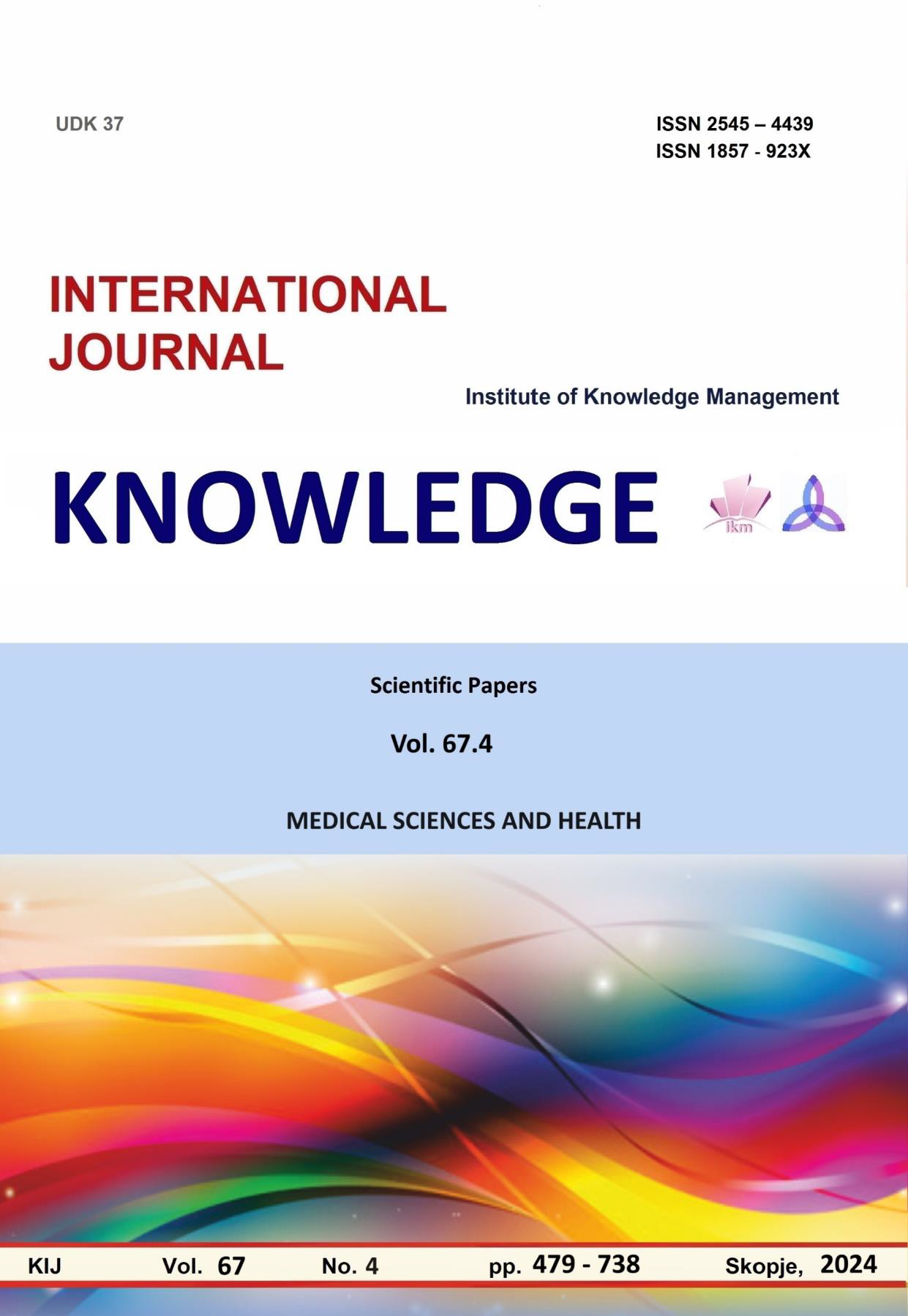KNOWLEDGE OF ORAL HEALTH AND PERIODONTITIS – CONNECTION WITH SYSTEMIC HEALTH AND PREDISPOSING FACTORS
KNOWLEDGE OF ORAL HEALTH AND PERIODONTITIS – CONNECTION WITH SYSTEMIC HEALTH AND PREDISPOSING FACTORS
Author(s): Dragomira Nikolova, Velichka Doseva, Dimitar Dimitrov, Kameliya Bogranova, Galina ChanevaSubject(s): Social Sciences, Sociology, Health and medicine and law
Published by: Scientific Institute of Management and Knowledge
Keywords: oral healthperiodontitis;questionnaire;risk factors
Summary/Abstract: Poor oral health is a global public health problem that has a significant social, psychological and economic impact on both individuals and the whole community and on the provision of health services. Periodontal diseases contribute greatly to poor oral health, but public health approaches to their control and prevention have not yet reached the level of attention given to dental caries. Periodontal problems are thought to be the 6th most common disease worldwide - with an overall prevalence of 11.2% and affecting around 538 million people. The overall prevalence of periodontitis increases with age and its incidence rises sharply in people between 50 and 60 years of age. People with severe periodontal disease are at risk of significant tooth loss, e-denticulation and impaired masticatory function, thereby affecting their nutrition, quality of life and self-esteem, with significant socio-economic consequences. Our purpose was to investigate the awareness of periodontal diseases and their relationship with systemic diseases and conditions among students of Faculty of Public Health, Medical University – Sofia. An anonymous written survey has been conducted using survey cards on paper, maintaining user anonymity. A standardized questionnaire including 42 questions has been used. The questionnaire is divided thematically into 3 parts: 1. Demographic data; 2. Awareness of periodontal and systemic health and 3. Significance of risk factors. The total number of students included in our study was 256 and all of them belonged to the specialty “nurse”. 77% of the students confirm that oral diseases are connected with gingival inflammation expressed as bleeding, as well as the vice-versa – the same percentage (78%) state that the bleeding itself is a symptom of gingival inflammation. Some bad routine habits as the improper teeth brushing could cause gingival recessions (81% of the participants respond with “Yes” to this question). According to the survey, the risk factors for periodontitis can be as follows: sex and age (41%), smoking (95%), an accompanying genetic disease (59%), emotional stress (64%), an accompanying chronic illness (like diabetes) (40%); poor nutrition diet (73%), overweight (31%) and others. Only 55% of the interviewed are familiar with the relationship between periodontitis and the level of the inflammatory cytokines, as well as between periodontitis and the PLBW syndrome during pregnancy. Almost 90% (86%) of the students believe there is a link between the oral and the systemic health. Diseases of the oral cavity and specifically periodontal diseases have a certain impact on systemic health, which determines the need for the participation of all health care professionals in public programs for the prevention of periodontal diseases and maintenance of clinical periodontal health. The role of health professionals in improving the oral health of the population depends on their awareness and knowledge of oral diseases and their impact on general health, their attitude towards dentistry and their daily commitment to oral health care.
Journal: Knowledge - International Journal
- Issue Year: 67/2024
- Issue No: 4
- Page Range: 561-567
- Page Count: 7
- Language: English

